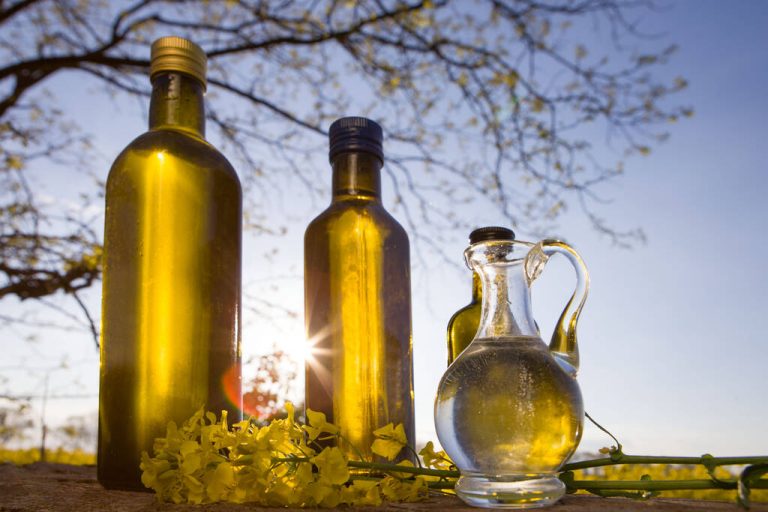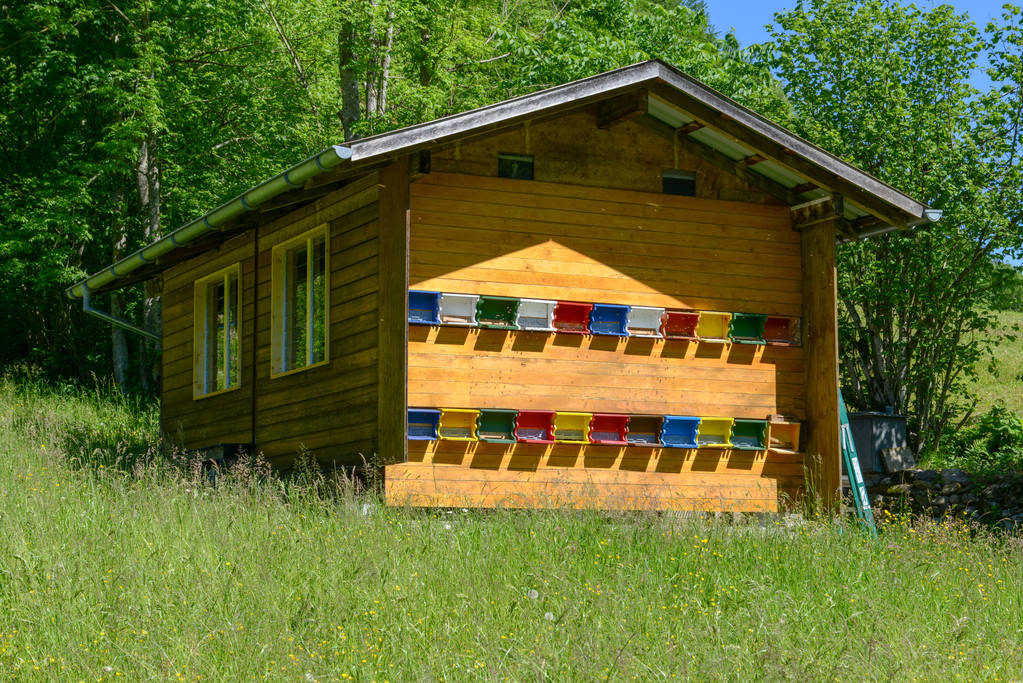Canola oil and sunflower oil are used almost every day for frying, baking and marinating. We’ll tell you when which oil is the right one.

Rapeseed oil and sunflower oil: These are the differences
The oils can be made using two processes and have different properties depending on how they are made. The virgin oil is cold-pressed and then not processed further. Such oils contain many vitamins, have a strong taste of their own and are well suited for cold dishes. Refined oil is heated and treated with chemicals.
It must therefore be cleaned of bitter and coloring substances afterwards. This type of production makes it ideal for heating food.
Sunflower oil and rapeseed oil have different properties and ingredients
Which oil is the right one?
But which oil is the right one? Since both are suitable for roasting and baking, this is not the difference. This is mainly due to the ingredients. This is where rapeseed oil scores because of the amount of omega-3 fatty acids it contains. The ratio of the polyunsaturated fatty acids omega-3 and omega-6 is crucial for our body.
As a rule, we consume too much omega-6 fatty acids. These are found in many foods such as poultry, butter, cheese and eggs. This excess can have a negative impact on our cholesterol levels. However, the ideal ratio of the two fatty acids is 2:1 of omega-6 to omega-3 fatty acids. Exactly this ratio is present in rapeseed oil and is ideal for our body. The best thing about it: Rapeseed oil is well distributed in both cold-pressed and refined form. Just one tablespoon of rapeseed oil covers a large part of the daily requirement for omega-3 fatty acids.
Sunflower oil does not have this ratio, but it does have many essential vitamins: A, B, D and K, as well as plenty of vitamin E, which is an antioxidant. The vitamins protect cells from harmful attacks by free radicals. It also has a high proportion of healthy linoleic acid. So it is best to use both oils. The rest is known to be a matter of taste.




